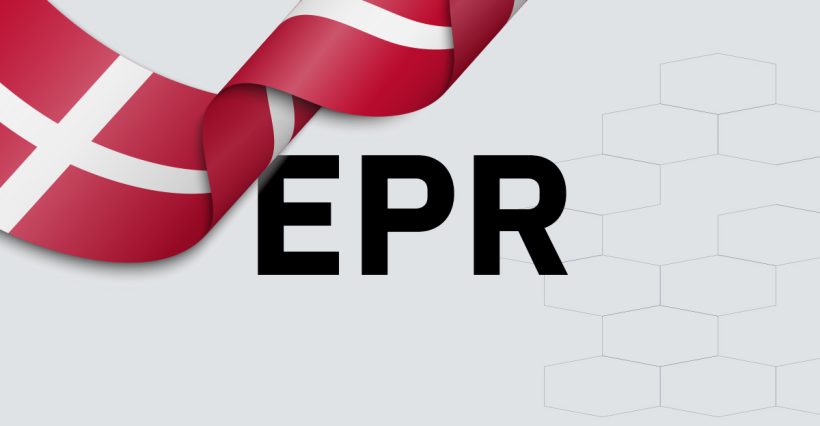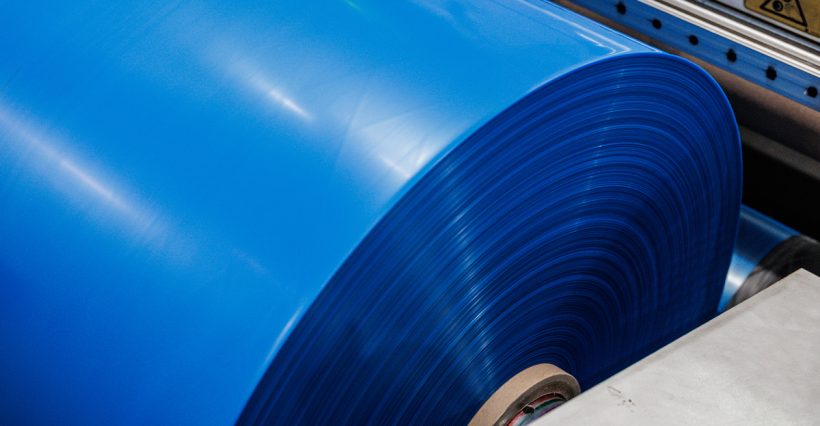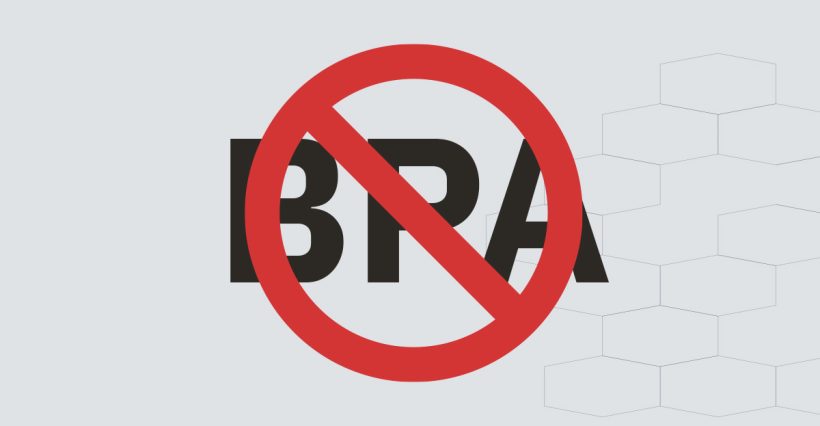Plastic fee (plastic levy/tax) will be introduced from 1 January 2021, all European Union member states will have to pay this tax to Brussels. However, there is much uncertainty about this new tax from the European Union.
In this article, we would like to explain what those ''plastic fee'' actually means and
What impact that may have on businesses that take plastic packaging.
Plastic tax EU 2021: Wat are the rules?
The regulations regarding this plastic tax can be described as follows.
Each EU member state should pay €0.80 tax per kilo of non-recycled plastic waste to Brussels
to be remitted. This amount is calculated not only on the basis of the amount of plastic packaging material placed on the market, but also on the proportion of it that is recycled. (Read here: When is film recyclable?)
Despite huge efforts by us as producers, you as customers and the recycling industry, only 37% of plastic waste in the Netherlands is currently recycled. One reason for this may be that the waste is too heavily contaminated or that it consists of multiple material types (multilayer laminates).
Although there is no mention of national taxes in this new tax measure, the payments will come from the national budget. This will make it easier for the
Member States necessary to (not mandatory) recover payments through taxation
levy on companies using this packaging.
Among other things, we already see this in other European member states. For example, Italy taxes
single-use plastic, with the exception of compostable plastic or plastic made from
recycled material. In addition, Finland levies tax on plastic packaging which
are not made from renewable natural resources. Where Lithuania taxes
heft on multilayer laminates, we see the UK targeting plastic packaging that does not consist of at least 30% recycled plastic.
So there is a chance that the Netherlands (and more member states) will also find a way
to pass this tax on to companies.
How can we help you with this?
- Deploy recycled material (PCR or PIR)
- Mono-PE laminates as a substitute for non-recyclable laminates
- Thickness reduction
Deploying recycled plastic
Apart from the environmental benefits of using recycled plastic, it can also look
ensure that you, as a business, have to pay less tax. This is because there is a chance
That the Netherlands, like the UK among others, can levy a tax
on packaging consisting of little or no recycled plastic. In addition, it is good
possible that the Netherlands will tax the use of virgin material. In short,
if you use non-recycled plastic, chances are you will have to pay more tax
pay than when using recycled plastic.
KIVO is able to advise you on the regulations surrounding the use of recycled
plastic and the possibilities in terms of deploying the amount of recycled
plastic (PCR content). We achieve very good results using recycled
plastic with quantities between 10% to 95% PCR! This PCR is from our
own recycling plant REKS in Kosovo.
Non-recyclable laminates replaced by recyclable PEfilm
Furthermore, we see many member states taxing multilayer laminates. These are, like
the description indicates, films consisting of different materials. KIVO is
recently able to replace some non-recyclable laminates with recyclable PEfilm. Apart from the environmental gains you make by doing so, it can also ensure
That you will have to pay less tax when the new tax takes effect.
Laminates are often created from marketing wishes and/or functional requirements. The
material shines nicely, it has a certain solidity, it is in the production process
resistant to high temperatures and in a number of cases gives the necessary
barrier for longer shelf life.
For a large number of packaging applications, we see that the laminate can be perfectly replaced by a non-laminated PE variant that is highly recyclable
is. An example is the frozen packaging for vegetables, fruit and chips. Our special
(FFS) PE-film with extra stiffness can provide the desired firmness without the
sacrifice important properties, such as the protection and shelf life of
the product. In the meantime, we are able to provide these film also be supplied in a variant that can be processed on heat-seal systems without any problems.
We are also developing recyclable laminates (without using adhesives), using 2 types of PE (instead of PET or OPA with PE).
This alternative offers opportunities for standup pouches for soup, among other things
and coffee. The challenge of making laminates recyclable lies in creating
nice PE alternatives that also enhance the production process and further processing
at the customer's premises. Eventually, for the stand-up pouches, we want to use a non-laminated
PE variant on the market.
Thinner films use
The use of thinner films requires fewer raw materials, more metres on the roll and
gives less waste. Thickness reductions of up to 50% are no exception for KIVO. A
Faster reduction of the impact on the environment is hardly possible and can provide
ensure you pay less tax. So it has on several fronts
a positive incentive.
By putting less plastic packaging material on the market in kilograms, you avoid paying extra taxes.
Conclusion
Currently, it is still speculating what measures the Dutch state will take
to finance the packaging tax it has to pay to Brussels. Do we look
to the countries around us then the obvious choices are:
- Encouraging use of recycled materials
- Encouraging use of raw materials from renewable sources (renewables)
- Encouraging recyclable and/or compostable packaging
You can imagine that higher taxes will then apply to packaging that is
do not meet the required conditions.
Do you have any questions about the plastic fee as a result of this article? Then contact us by filling in the contact form below. We will do our best to provide you with a same-day response!



